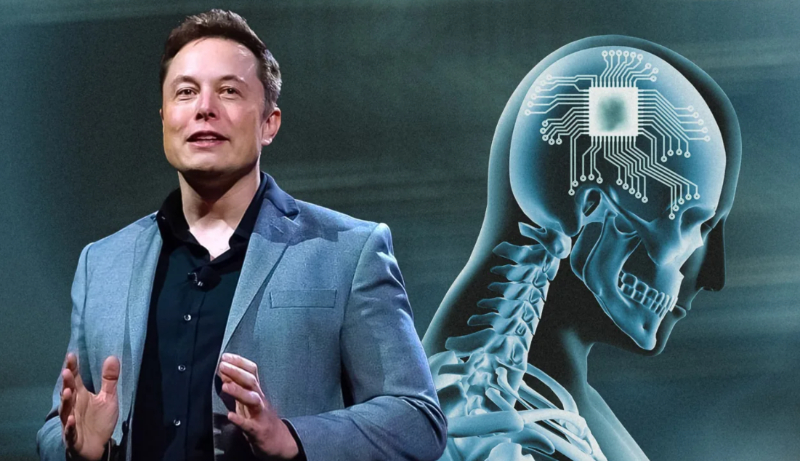Elon Musk, a billionaire, announced on Sunday that his company Neuralink’s “show & tell” event had been postponed.
The ceremony, which was originally slated for October 31, has been moved to November 30, according to a tweet from the CEO of Tesla and SpaceX.
Musk founded Neuralink in 2016 with the intention of developing an implantable device that would enable people to communicate with computers directly through their brains rather than through input devices like touch screens, keyboards, or voice assistants. He has argued that the research will enable mankind to stay up with developments in artificial intelligence, but more lately, the emphasis has been on developing a tool to aid in the regaining of abilities for those who are disabled.
Demonstrations of Neuralink in 2020 and 2021 showed the technology in action with pigs and monkeys, but Musk reportedly felt impatient with the pace of development at the business. In December, he stated that the technology was succeeding in monkeys and that, subject to Food and Drug Administration approval, he intended to test it this year in people, such as those who had quadriplegia. FDA approval for Neuralink’s initiatives has not yet been granted.
An inquiry for comment from Neuralink did not immediately receive a response.
When The Wall Street Journal revealed Neuralink’s existence in 2017, it was the first time the public heard of it.
The business didn’t make its first significant public appearance until 2019, when Elon Musk and other Neuralink executive team members demonstrated their technology in a livestreamed presentation.
The coin-sized chip that Neuralink is creating would be implanted in a person’s skull. A network of tiny wires that are each about 20 times thinner than a human hair fan out from the chip into the patient’s brain.
The cables have 1,024 electrodes that can be used to monitor brain activity and, in theory, activate the brain electrically. The chip wirelessly transmits this data to computers so that researchers can study it.
The second option is a robot that could put the chip in autonomously. Similar to a sewing machine, the robot would operate by forcing flexible wires coming from a Neuralink chip into a person’s brain with a rigid needle.











